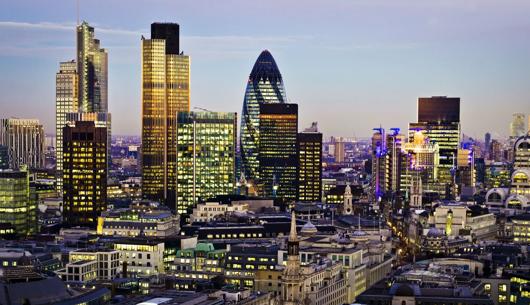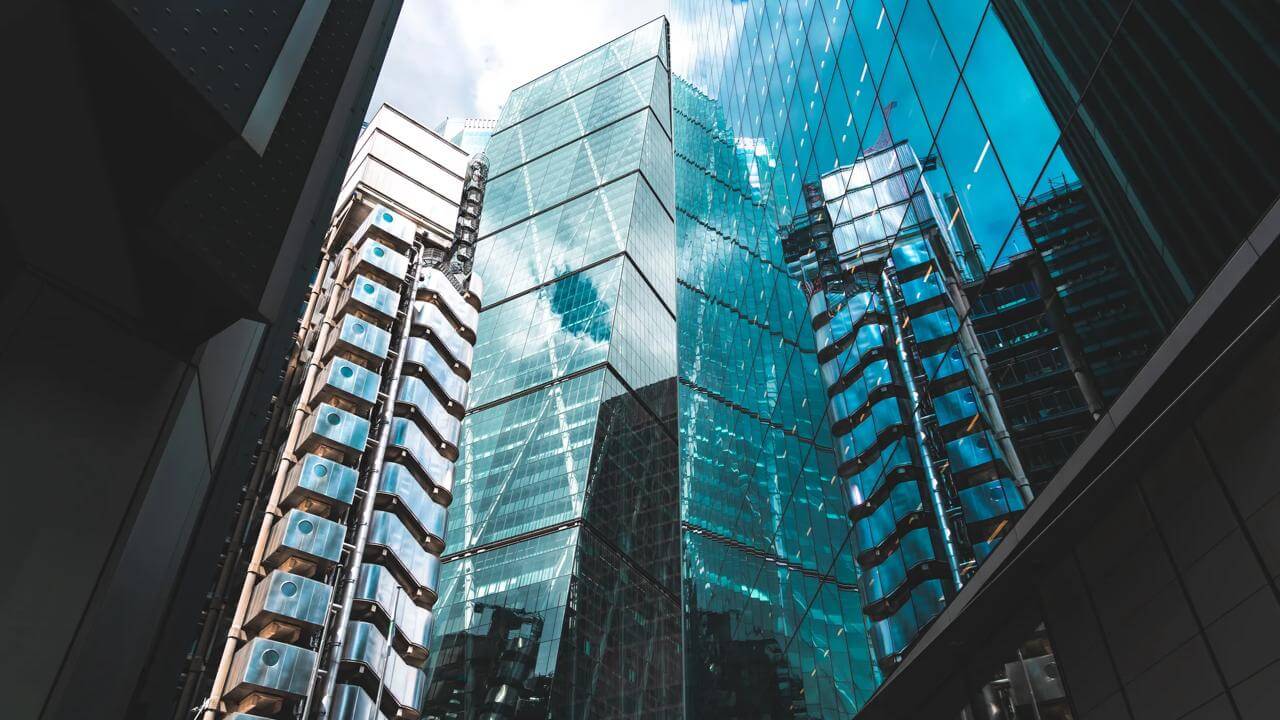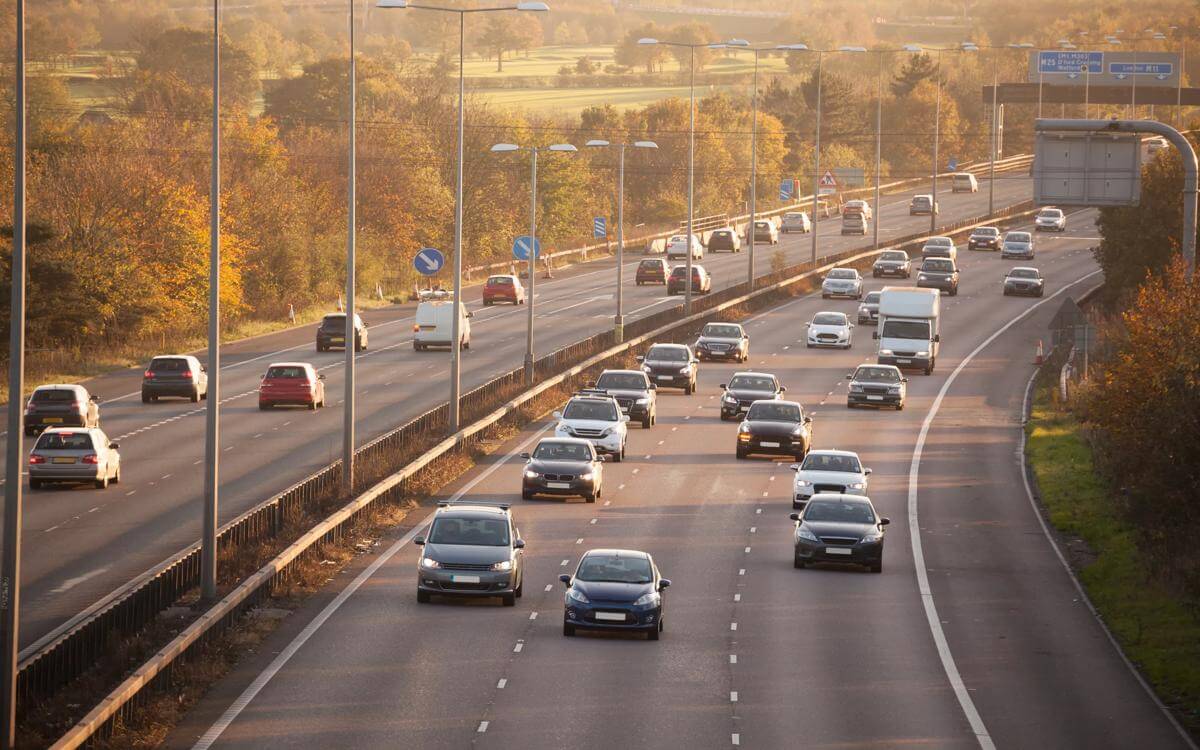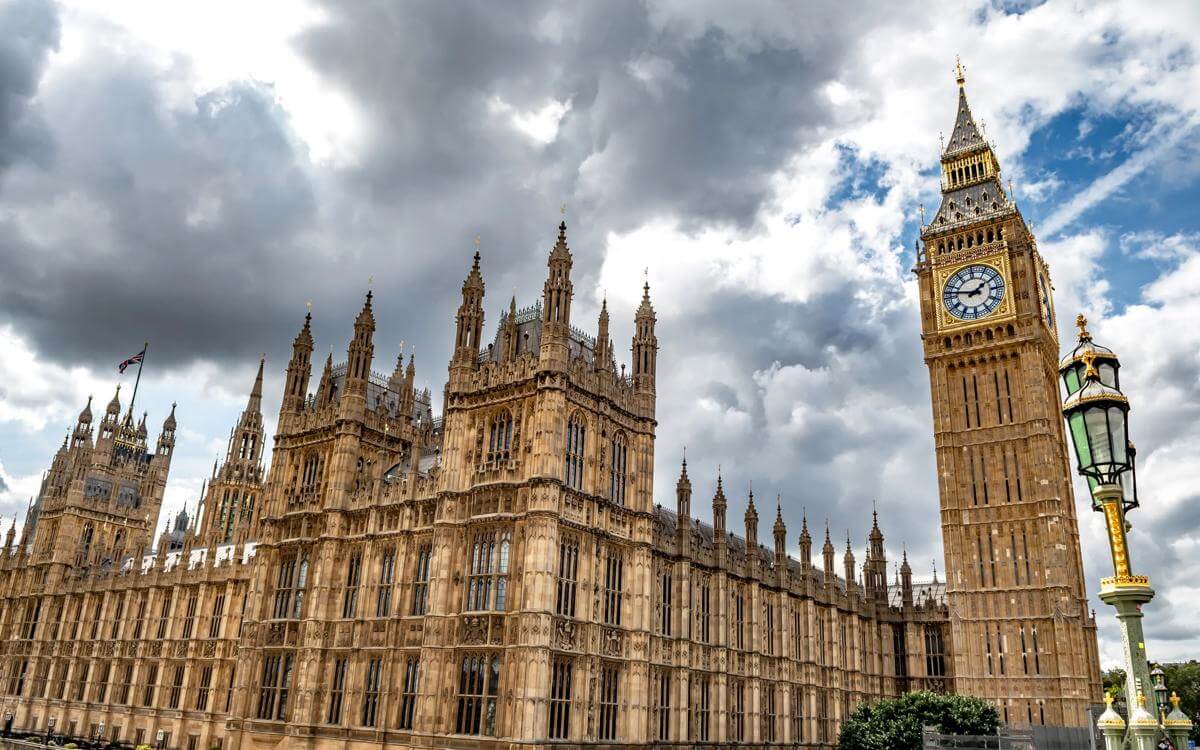A nuisance is a use of land which wrongfully interferes with the ordinary use and enjoyment of neighbouring land. To amount to a nuisance, the interference must be substantial, judged by the standards of the ordinary person. What constitutes an ordinary use of land is to be considered having regard to the character of the locality.
Long associated with events such as flooding, tree root encroachment, oil spills, fumes and noise, nuisance has recently been in the spotlight again, but in a rather different context – with the question put before the courts for consideration - is “visual intrusion” in certain circumstances capable of being a nuisance?
Supreme Court considers nuisance
In Fearn v Tate Gallery [2023] UKSC 4 and in a surprise overturning of the Court of Appeal's judgment, the Supreme Court has held (although only on a 3-2 majority) that the Tate Gallery's viewing platform, which has around 500,000 visitors annually, amounts to a nuisance to neighbouring flat owners who are overlooked.
The Supreme Court held that: (1) the viewing platform cannot be regarded as a common or ordinary use of land, even in the context of an urban art museum; and (2) near constant visual intrusion by a neighbouring property can give rise to liability for nuisance.
The viewing gallery is accessible every day of the week, visitors can see inside the claimants’ adjacent glass-walled flats roughly 30 metres away and photos taken are frequently posted on social media. Put at its simplest strangers have a clear and uninterrupted view of how the claimants live their lives.
Given the circumstances of this case, which the Supreme Court held differed from a typical residential setting in which a degree of overlooking is a normal feature of life, it departed from the Court of Appeal's view that "mere overlooking" cannot give rise to liability in nuisance.
Instead, the Supreme Court found the constant visual intrusion was "oppressive", amounting to a substantial interference with the ordinary use and enjoyment of the flats – as such this was sufficient to meet the requisite test for nuisance.
There is, of course, a public interest element in a national art gallery being permitted to provide public access to a panoramic view of the capital. The Supreme Court commented that the earlier decisions reached were probably due to a "reluctance to decide that the privacy rights of a few wealthy property owners should prevent the general public from enjoying an unrestricted view of London and a major national museum from providing public access to such a view". However, it was quite clear that whilst account should be taken where an activity is of public benefit, it does not go to the issue of whether there is liability in nuisance, but rather as to what is the appropriate remedy for a claimant suffering such a nuisance (i.e. an injunction or damages).
Where does this take nuisance claims?
Looking at next steps for the claimants in Tate, the Supreme Court remitted the hearing back to the High Court to consider remedies, therefore we will be watching (no pun intended) with interest which remedies will be awarded, with the possibilities of an injunction, any remedial measures that the Tate may take and damages all being on the table (that is of course if it doesn’t settle in the interim).
Given that this is essentially the third hearing of this claim one might speculate that agreement between the parties will be difficult to reach (they haven’t been able to reach a resolution to date) and on that basis we may well have a fourth hearing. It is perhaps only then that we will fully know whether the claimants’ pursuit of this claim has been worthwhile.
It also remains to be seen whether this will prove to be an extension of the law of private nuisance, or whether given the unique facts, its application will be limited. The duration and extent of the visual intrusion here was very much at the exceptional end of the scale.
In the light of the decision in Tate there may well be threatened litigation based on claims of “visual intrusion”, but it will be quite another matter for there to be any credible liability in less exceptional circumstances. Nuisance is concerned with maintaining a balance of the rights between neighbouring landowners; this does not mean that every issue or annoyance suffered will provide a remedy. The application of the test for what is an actionable nuisance in the light of Tate will be one of degree – adopting the language of the Supreme Court - whilst ordinary household noise caused by a neighbour is not a nuisance it does not mean that “inviting a brass band to practise all day every day in my back garden cannot be an actionable nuisance”.
What we do have here is an illustration of how the nature of claims in nuisance is constantly evolving – as Tate reinforces, the categories of nuisance are not closed. The protection that it gives to homeowners will inevitably develop with the times. The claims in nuisance involving the presence of Japanese Knotweed (most recently in Davies v Bridgend CBC [2023] EWCA Civ 80) are a further illustration of that.
Insurers should be mindful of the impact that such developments may have on future claims.
For further consideration of property damage issues in an insurance context see our Insurance Insights 2023 here and if you need any assistance with your property damage claims, please do get in touch.
Key contacts

Rachael Murphy
Principal Associate
rachael.murphy@brownejacobson.com
+44 (0)115 976 6219








































